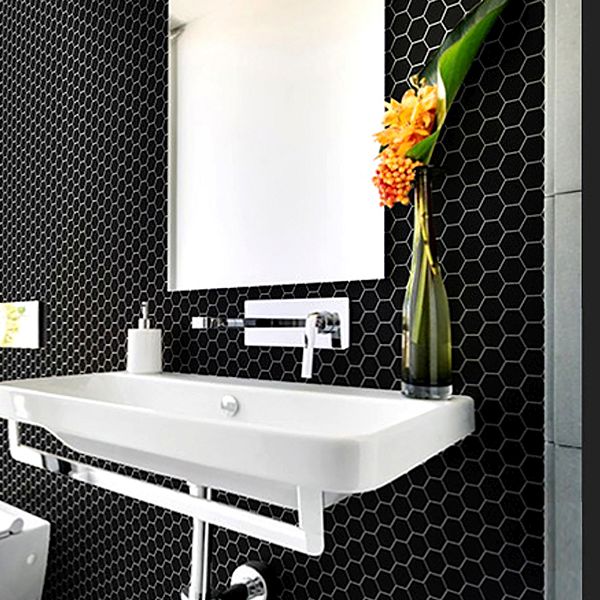There’s a lot to consider when designing your dream home. When it comes to flooring, homeowners will often find themselves deciding between porcelain tiles and ceramic tiles.
Although these two materials may appear similar at first glance, they actually have some important differences.
In this article, we’ll explain the advantages and disadvantages of porcelain and ceramic so you walk away with a better understanding of what they are and how they can work with your dream home. Happy tiling!
Advantages of Porcelain Tiles
Porcelain is a dense and highly durable material. In fact, it’s one of the toughest flooring materials on the market today and is well known for being able to resist high impact stresses.
Thanks to its high density, the material is essentially liquid resistant. Most porcelain tiles have a liquid absorption rate of less than one-tenth of 1 percent!
This makes them ideal for bathrooms, kitchens, and outdoor areas as well. Its water-resistance is actually porcelain’s defining factor when it comes to separating it from ceramic.
Porcelain tiles are also known for their long lifespans. If installed correctly, they can last for decades, even in high traffic areas. Their high durability also means less frequent repairs and low maintenance care needs.
Disadvantages of Porcelain Tiles
Porcelain is a high-quality tile, and with that comes a high price tag. This means more expensive materials, cutting, installation, and repairs.
Also, because porcelain tiles are quite heavy, they can’t be installed everywhere. If you’re intending on installing these above the first level, be sure to first confirm that the floor can handle the tile’s weight.
Keep in mind that although porcelain is extremely good at not absorbing water, the grout between the tiles is not as resistant. Be sure to seal the grout to keep your floor as liquid resistant as possible.
Advantages of Ceramic Tiles
Being significantly less dense than porcelain, ceramic is a much easier material to cut. That means do-it-yourself homeowners can cut the ceramic on their own if they so choose. Also, because it’s easier to cut, its tiles can be found more often in a variety of shapes and sizes.
Perhaps ceramic’s biggest advantage is that it is cheaper than its porcelain counterpart. This is because it is easier to produce, cut, and install.
Disadvantages of Ceramic Tiles
Ceramic tiles are basically a lower-quality version of porcelain. They are more porous and thus should not be installed outdoors. They can get mouldy, damaged, and crack in freezing temperatures.
These tiles are also less durable. It is easier for them to break under a heavy impact. This could mean more frequent repairs and replacements and lead to more money being spent over time than with porcelain.
Want More Help with Your Tiling Decision?
Check us out at Ceramic Tile Supplies to learn more about how we can assist you with finding the best tiles Perth has to offer.
We feature galleries of all types of spaces on our website as well as more articles on tiling so that you’re as prepared as possible when you’re ready to install that new floor. Contact CT Supplies today and we’ll help you get started!

